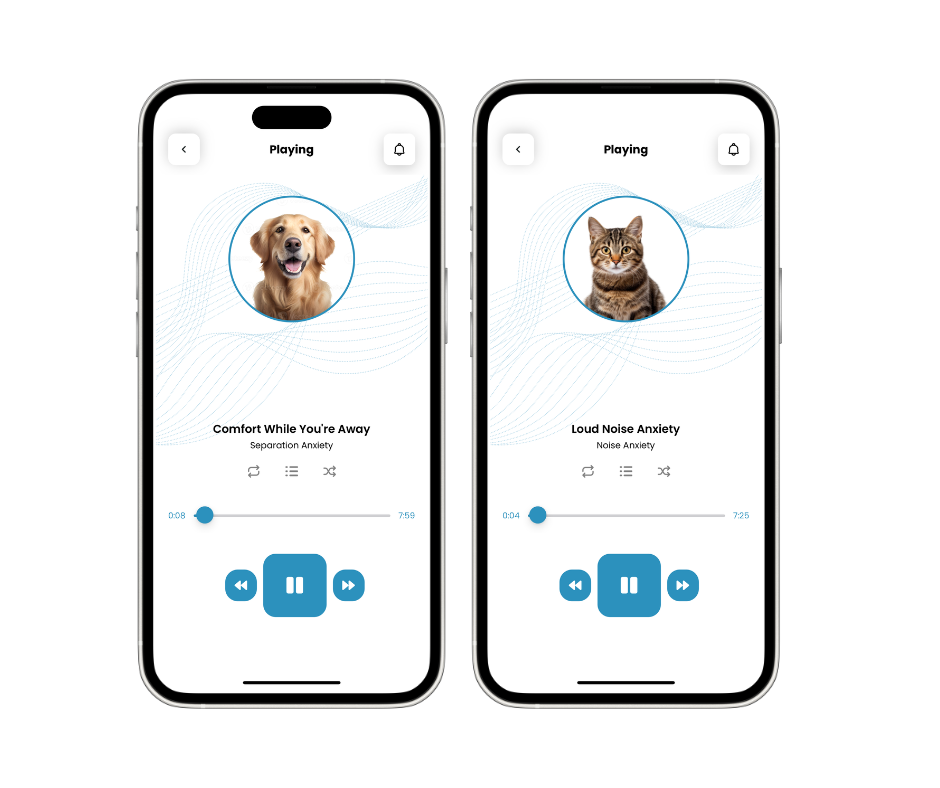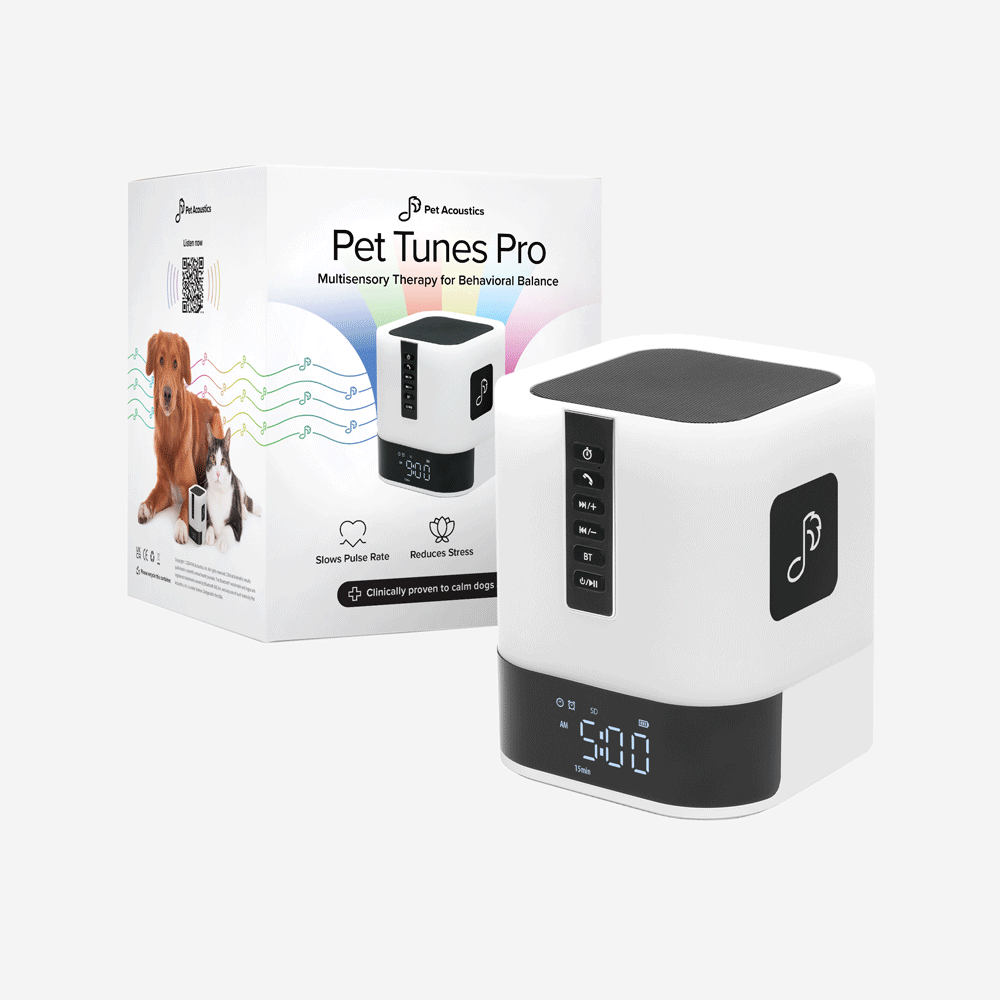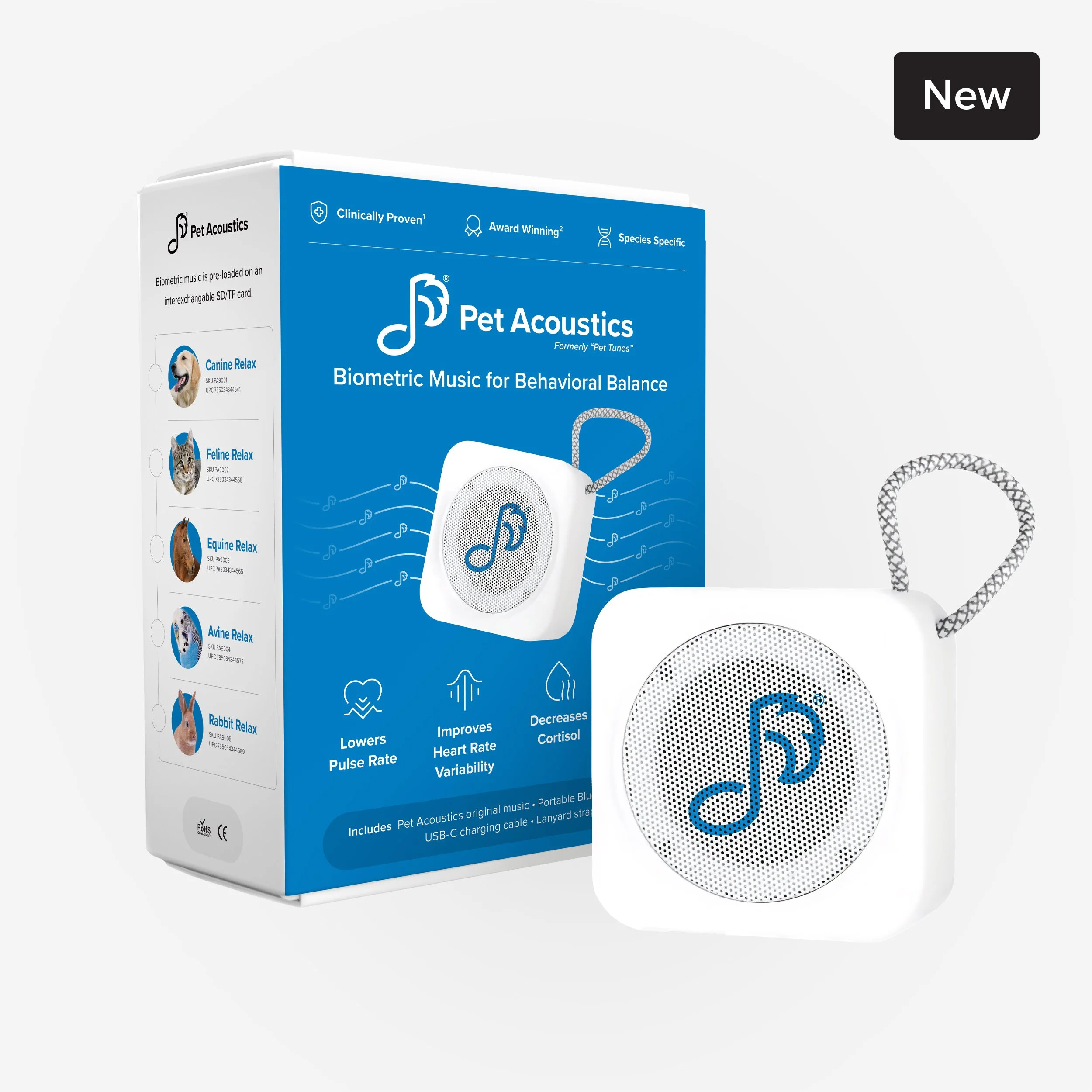Published in International Animal Health Journal (volume 10, issue 4), 2024.
This study investigates the prevalence, progression, and characteristics of age-related hearing loss (ARHL) in domestic dogs and cats. Given the importance of auditory communication in these species, understanding ARHL's impact is crucial for enhancing animal welfare and owner-pet interactions.
Presbycusis, or age-related hearing loss, is a prevalent issue in dogs, usually beginning to impact them when they are between 8 to 10 years old. Initially, this condition manifests as a reduced capacity to hear sounds at mid to high frequencies, which can progressively worsen to total hearing loss. ARHL in cats generally begin to show signs around 8 to 12 years old as part of their ageing process. Our study examines the behavioural adaptations that accompany this sensory decline, such as increased reliance on other senses and altered responsiveness, often misconstrued as an enhancement in hearing. Through comprehensive testing, this research aims to delineate the patterns of ARHL in these animals, highlighting the importance of early detection and management. The findings are intended to enhance the understanding of ARHL in pets, thereby aiding in the improvement of care strategies for senior dogs and cats experiencing this natural age-related change.
Purpose of the Study
Age-related hearing loss in dogs and cats is an important area of study for several reasons.
Animal Welfare
As pets age, hearing loss can significantly impact their quality of life. It can lead to confusion, anxiety, and changes in behaviour, as these animals rely heavily on their auditory senses for communication and environmental awareness. Understanding and addressing hearing loss can help in providing better care for ageing pets.
Owner-Pet Relationship
Hearing loss in pets can affect their interaction with their owners. Pets with diminished hearing may not respond to verbal commands or react to their owners' presence, which can be distressing for both the pet and the owner. By understanding the progression and impact of hearing loss, owners can adapt their communication methods to maintain a strong bond with their pets.
Veterinary Care & Management
Knowledge about age- related hearing loss aids veterinarians in diagnosing and managing this condition more effectively. This can include providing guidance to pet owners on how to care for a pet with hearing loss and exploring potential treatments or interventions to slow down the progression of hearing loss.
Insight into Human Hearing Loss
Studying age-related hearing loss in animals can offer insights into similar conditions in humans. Dogs and cats have a relatively shorter lifespan, allowing for quicker observation of the progression of hearing loss. This can contribute valuable data to the broader field of auditory health research.
Preventive Health Strategies
Understanding the causes and risk factors of age-related hearing loss in pets can lead to the development of preventive strategies. This may include dietary recommendations, environmental modifications, or early detection techniques to help maintain hearing ability for as long as possible.
Breed-Specific Research
Certain breeds of dogs and cats may be more prone to hearing loss as they age. Research in this area can inform breeders and potential pet owners about the risks and help in making informed decisions regarding pet selection and breeding practices.
Consideration for Study Variables
Certain breeds of dogs and cats are more prone to hearing loss due to genetic predispositions, congenital issues, or breed-specific characteristics. It's important to note that while these breeds may have a higher risk, hearing loss can occur in any dog or cat, especially as they age. Here are some examples:
Dogs
Dalmatian (congenital deafness)
Australian Shepherd (linked to merle coat)
Cocker Spaniel (ear infections leading to hearing loss)
Jack Russell Terrier (associated with white coat)
West Highland White Terrier (related to white coat)
English Setter (piebald and speckled coat patterns)
Cats
White Cats with Blue Eyes (genetic predisposition to deafness)
Asian Breeds (e.g., Siamese, Burmese)
Materials and Methods
We conducted a cross-sectional study involving 2,977 dogs and 639 cats of various breeds and ages by veterinarians and pet owners.
Audiometric testing was used to assess hearing thresholds, and owners completed questionnaires about their pets' auditory behaviours. Data regarding the species (dog or cat) and age of the subjects are gathered to further understand the commonality of age-related hearing loss from global testing results.
The audiometric testing was innovated by Janet Marlow, a renowned Animal Sound Behaviourist and the Founder of Pet Acoustics, Inc., as a free digital home hearing test for evaluating pets. Accessible via PetAcoustics.com, the test begins with a simple online questionnaire, requiring basic details such as the pet's species, name and date of birth.
The core of the test involves exposing the pet to three levels of sound wave frequencies, including high-frequency, mid- frequency and low-frequency tones, primarily audible to animals. Various digital devices were used from smartphones to laptops. To assist human testers in the process, sounds as a secondary layer of each test, consist of a bat and a cricket (high sounds), monkey and crow (mid sounds), pig and frog, (low sounds) at frequencies discernible to humans. Participants are instructed to carefully observe their pet's reactions to these sounds, noting behaviours such as ear and head movements, changes in body posture, signs of surprise or confusion, or a lack of response.
These observed reactions can include but are not limited to ear twitching, head tilting, alert posturing, one ear folding back, both ears pointing forward, startled jumping, apparent confusion, leaving the area, or showing no visible reaction at all. This comprehensive approach aims to provide pet owners with a user-friendly yet insightful tool for assessing their pets' auditory health from the comfort of their home or clinic.
The Pet Hearing Test by Pet Acoustics is designed for veterinary and home use, and is available free from their website.
How to Use the Test
The hearing test progresses with a refined questionnaire designed to capture specific reactions to the sounds played.
After demonstrating high-frequency sound waves, pet owners are prompted to answer the following questions, providing clearer insights into their pet's auditory responses.
Did you observe a reaction from your pet to the bat sound?
Did you observe a reaction from your pet to the cricket sound?
Did your pet show no reaction to the sounds?
Following this, the test introduces mid-frequency sound waves, overlying the distinctive calls of a monkey and a crow. Participants are again asked to meticulously answer the questions of their pet’s reactions, focusing on the same set of physical responses observed earlier.
The final phase of the test evaluates responses to low-frequency sound waves, overlying sounds at a similar level to those of a pig and a frog. This comprehensive approach allows for a thorough assessment across a range of auditory frequencies.
Upon completion of the test, the results are promptly sent to the pet owner's email. These results provide valuable information that can be shared with a veterinarian or veterinary client, particularly if there are concerns about potential hearing loss. This efficient and user-friendly method offers a convenient way for pet owners to proactively monitor their pets' auditory health.
Canine Results
The canine testing result shows a decline in hearing from 1 year up to the age of 17.
However, in this chart, it becomes clear that there is an apparent spike in hearing abilities in elderly dogs but it is not what it seems. The chart reflects a typical decline in hearing as dogs age, but with a contradicting view of auditory enhancement piquing at approximately age 13. However, there are reasons why older dogs at this age might appear to hear better during the testing.
Canine Reactions by Age
Compensatory Behavior
In senior dogs, certain sensory abilities, like vision, diminish and there's an increased reliance on other senses, notably hearing. This shift, often mistaken for improved hearing, is actually an optimised use of the hearing ability that remains. This is indicated during the time of testing among almost 3,000 dogs.
Selective Hearing
The data shows a trend where elderly dogs might demonstrate selective hearing, responding more to specific sounds in the test or voice commands by the owner. While this could be interpreted as improved hearing, it's likely indicative of a preference for certain familiar sounds like the sound response to a crow or a cricket.
Inconsistent Hearing Loss
A closer look at the chart reveals that hearing loss in elderly dogs is not uniform across all frequencies. They might retain sensitivity to some frequencies while losing it in others, showing a varied response to different sounds during the test.
Behavioral Changes with Age
The chart may highlight behavioral changes in aging dogs exhibiting greater alertness or reactivity to sounds, which could be misconstrued as better hearing. These behavioral shifts might show increased behavioral anxiety during the test.
Canine Data
Feline Results
The chart illustrates a steady decrease in the ability of cats to hear high, mid, and low frequencies up to around 9 to 10 years of age.
Interestingly, the data from cats aged 14 to 16 suggests an apparent improvement in hearing abilities overall. However, this observed increase during the test is likely not due to a literal enhancement in auditory function but rather a result of various adaptive behaviors and physiological changes captured at the time of the test.
Feline Reactions by Age
As cats grow older and possibly experience a reduction in other senses, such as vision, they often become more reliant on their hearing. This doesn't mean their hearing improves; rather, they are maximizing the use of their existing hearing capabilities. Age-related changes in behavior or health could also cause cats to react more to the test animal sounds and frequency waves, which might be misconstrued as improved hearing.
Selective hearing is another aspect observed in elderly cats, where they respond more to certain sounds or voices. Additionally, the progression of hearing loss in elderly cats is not always uniform, as seen in this chart, impacting various frequency ranges differently. This inconsistency can lead to the perception of fluctuating hearing abilities.
These elements, when considered together, help explain the perceived increase in hearing abilities in older cats, as indicated by the chart. It's important to recognize these factors as adaptation to the moment of testing rather than a true improvement in hearing.
Feline Data
Conclusion
Participating in a home pet hearing test offers several benefits for both pet professionals and pet owners.
Early Detection of Hearing Loss
Conducting regular hearing tests at home can help in the early detection of hearing loss in pets. Early detection is crucial for managing the condition effectively and ensuring the pet maintains a good quality of life.
Non-Invasive
Home tests are non-invasive and can be performed in a familiar and comfortable environment for the pet. This reduces stress and anxiety that pets might experience in a clinical setting.
Convenience and Cost-Effective
Home tests offer convenience as they can be done without the need to travel to a veterinary clinic or can be used by a smartphone at a veterinary exam.
Improved Communication & Care
Understanding a pet's hearing capabilities allows pet owners and professionals to better communicate with and care for them. It can help in modifying training techniques, environment adjustments, and daily interactions to accommodate the pet's needs.
Safety & Prevention
Identifying hearing issues can lead to preventive measures to ensure the safety of the pet. For example, a pet with hearing loss might need to be kept on a leash during walks to prevent accidents.
Enhanced Monitoring for Breed-Specific Risks
Some breeds are predisposed to hearing problems. Regular hearing tests can help in monitoring these breeds closely for any signs of hearing loss.
Data Collection for Research
Participation in such tests can contribute valuable data for veterinary research on pet hearing loss, which can lead to better diagnostic tools and treatments in the future.
Strengthening the Human-Pet Bond
Engaging in such care activities can strengthen the bond between pets and their owners. It shows commitment to the pet's well-being and can enhance the mutual trust and understanding between the pet and the owner.
Professional Development for Pet Professionals
For professionals, conducting these tests can enhance their skills in diagnosing and managing hearing issues in pets. It can also provide valuable insights for advising pet owners on best practices for caring for a pet with hearing loss.
Contributors
Janet Marlow
Founder and Sound Behaviorist, Pet Acoustics













